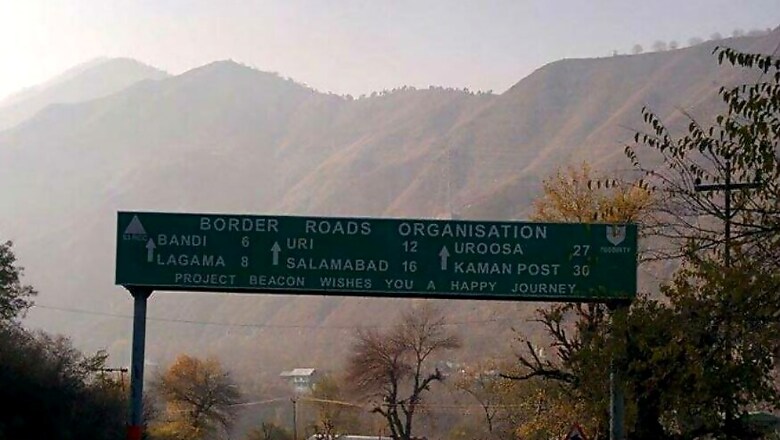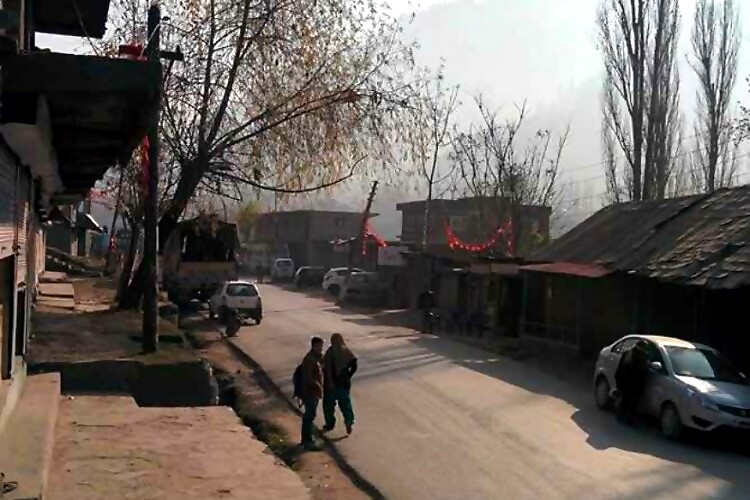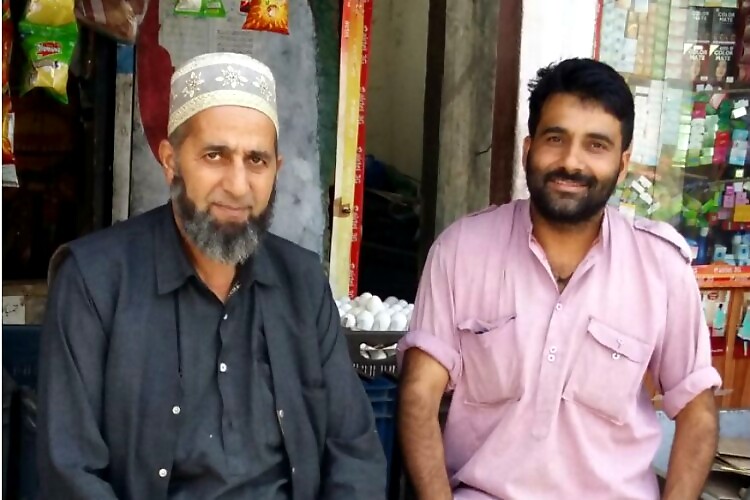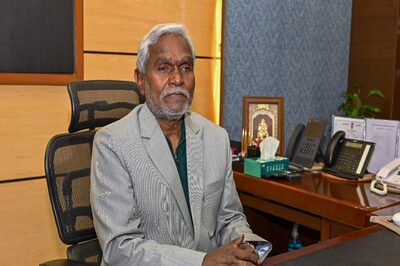
views
Bandi and Lagama are like any other LoC villages. Shiny clusters made of wood, stone and tin, slapped over hills of populars, pine and fronted by maize clearings.
Tough to reach but at peace with its surroundings. Similar features but different from the rest; in its people, their beliefs, trails and tribulations.
The villages are actually peppered on two identical faces of a same mountain that slope down to the rickety marketplaces, separated by a mile of road bends on Uri-Srinagar road.
Of the 650 odd families putting up here, 300 - roughly half - are Hindus, some proudly claim they are from upper caste Brahmins.
The neighbourhood has 10 mosques and six temples and a bigger one with rock-cut ancient structure - two miles down the road.
The sister hamlets are bang opposite the Uri brigade headquarters, scene of a horrendous fidayeen attack that left 19 soldiers dead and as many wounded two weeks ago. A stream gurgles down a deep gorge emptying into a waiting Jhelum, its waters bounce and play till you see it off at the LoC under the Aman Setu or Kaman bridge.
The villages sit pretty atop to snoop over the brigade and further up to Salamabad- the trans-boundary trade centre.
Two weeks back when TV crews struggled to film some action - to spice up the Uri attack story - inside the 12 brigade, they lugged successfully up the mountain to capture the all encompassing bird's view shot. Now that shot is a promo in almost all channels.
The physical aspect of the sisters is so telling. But Bandi and Lagama are more about its people - the Hindus and Muslims - who have stood like rock for each other, untiring and unfailing for decades together in their test to co-exist in grief and humour and tragedies and happiness.
They were there for each other during the gruesome tribal invasion. Then the arrival of Indian army and the militancy era of 90s. They were one fist during the torrid times of cross border shelling. And now when the Indo-Pak hostilities that show no signs of relenting they have pledged to be one. In trying conditions, against all odds.
Despite being a majority, the Muslims have chosen the tall 70-year-old white moustached Krishan Lal as their headman.
"He is a nice man and an embodiment of virtues. He was the first choice," Mohammad Sadiq, the vegetable seller tells News 18 while adjusting his skull cap at the main Bandi market.
"Elders told us that the Muslim neighbours hid us in their homes for weeks to escape the wrath of the tribal invaders in 1948," says Lal, twitching his moustache.
'And Muslims remained with us when the Indian army arrived to evict the raiders fearing reprisal.''
And then in the heydays of the militancy, it was again the turn of the Muslims to come to the rescue of the Hindus.
"Despite the huge presence of army in Uri, we had decided to migrate from the village but our Muslims neighbours asked us to stay. They promised us that if any harm would come, it would first come to them."
Uri and its people that comprises of Gujjars, Paharis and Kashmiris have been in a perpetual struggle yet that seems to make them resolute to face more challenges.

The LoC residents have terrible memories of the eight years from 1995-2003 when cross border shelling was routine. The period took a lot of toll on the villagers. Many have died and others have lost their limbs. Houses, livestock and crop would get damaged and people seldom went to their farms.
"Life is an interruption when shells to rain in Uri,'' says Aashiq Ahmad, the cloth seller in Uri's main market.
Irshad Ahmad of neighbouring Silikote walks with a help of a stick. He lost his limb but not before his mother was killed by a shrapnel of a mortar shell. His sister was injured too. Almost every third village in Uri has a similar tragic story to narrate.
"There was not a day when shells would not hit our villages for those eight years. We would hide under culverts, bridges, strong buildings and underground bunkers,'' Naresh Kumar, the thin and pale Brahmin youth tells me near Bandi's shop ledge.

The current hostilities on the boundary starting with Uri fidayeen attack and Army's claim to carry out surgical strikes have startled residents but they seem to have reconciled with the time and place they are living in.
"Peace or war, good, bad ....whatever. We will live and die together," grumbles Sadiq the shopkeeper.
Otherwise spectacularly green and clean in summers, the populars and walnut trees have started to shed leaves and the dryness kick up dust on the roads leading to hill villages. As the weak autumnal sun sets on the sister villages, its people pledge to struggle, survive and stand up to whatever future has in store for them.



















Comments
0 comment